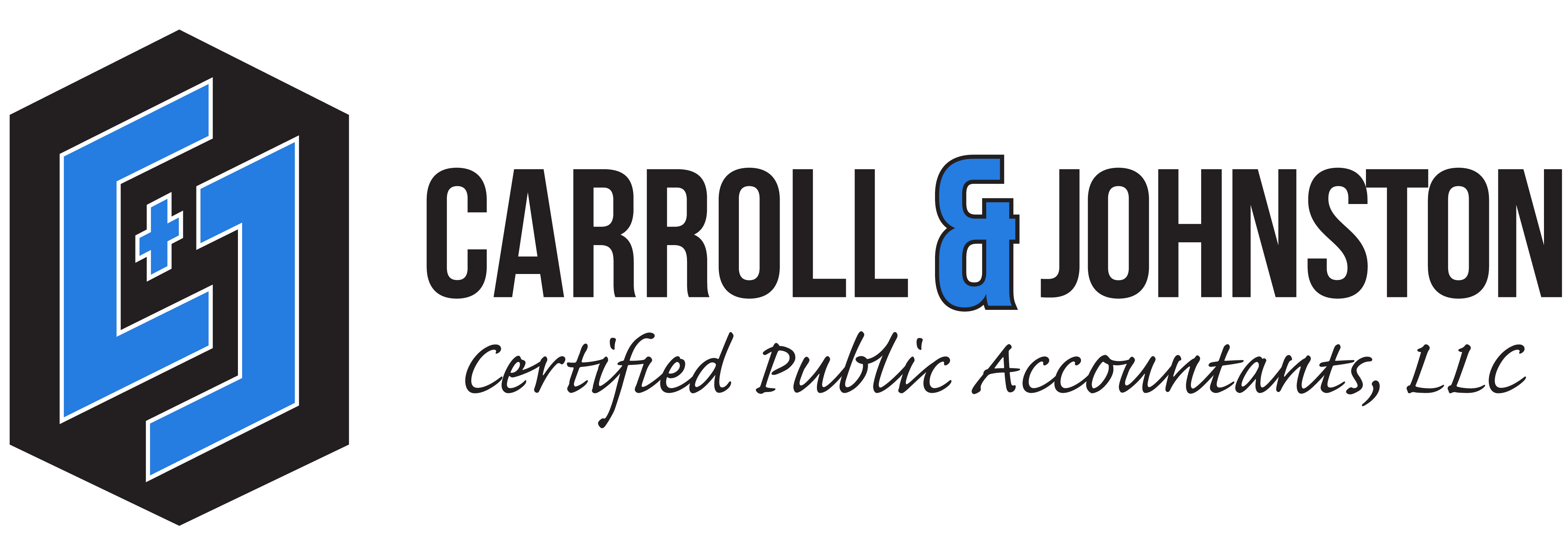Preparing for a Disaster
Disasters can happen at any time, so it’s important to be prepared. Good recordkeeping can help you get back on your feet quickly when disaster strikes.
One of the best things you can do to keep your records safe is to take advantage of paperless recordkeeping options in addition to your paper records. This way, you’ll always have access to things like bank statements and tax records, even if your paper copies are destroyed. Creating your online account with the IRS ensures you have access to online transcripts, notices, and other tax information.
You’ll also want to create logs of all your valuables and any business equipment. This will help you keep track of their value in case you need to report any losses. For all your records, it is important to make sure that they are stored securely and backed up on a regular basis, and part of your disaster recovery plan should include data recovery.
If your home or business is located within a federally declared disaster area, you may be eligible for IRS payment relief or extensions of tax deadlines. A current list of affected areas can be found on IRS.gov.
Both TAS and the IRS have resources to help you prepare for a disaster. Here are a few resources:
TAS: Disaster Relief Get Help page
IRS: FAQs for Disaster Victims
Finally, DisasterAssistance.gov consolidates information from 17 U.S. government agencies where you can apply for Small Business Administration loans through online applications, receive referral information on forms of assistance that do not have online applications, or check the progress and status of applications online.
If you’re having trouble getting issues resolved with the IRS, TAS is here to help. Check out our Get Help section for resources to make your tax filing easier or see if you qualify for TAS assistance.
The post Preparing for a Disaster appeared first on Taxpayer Advocate Service.
